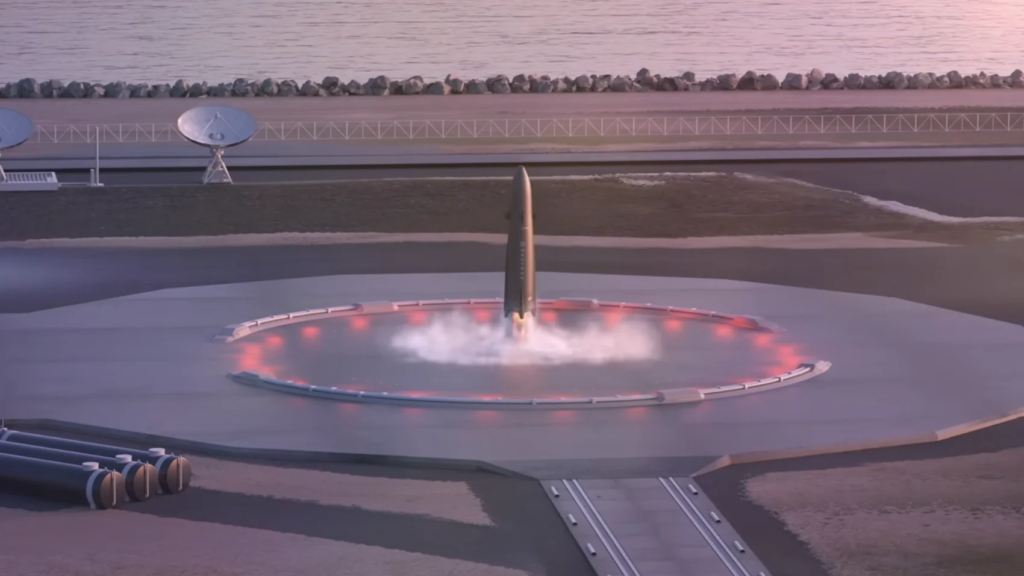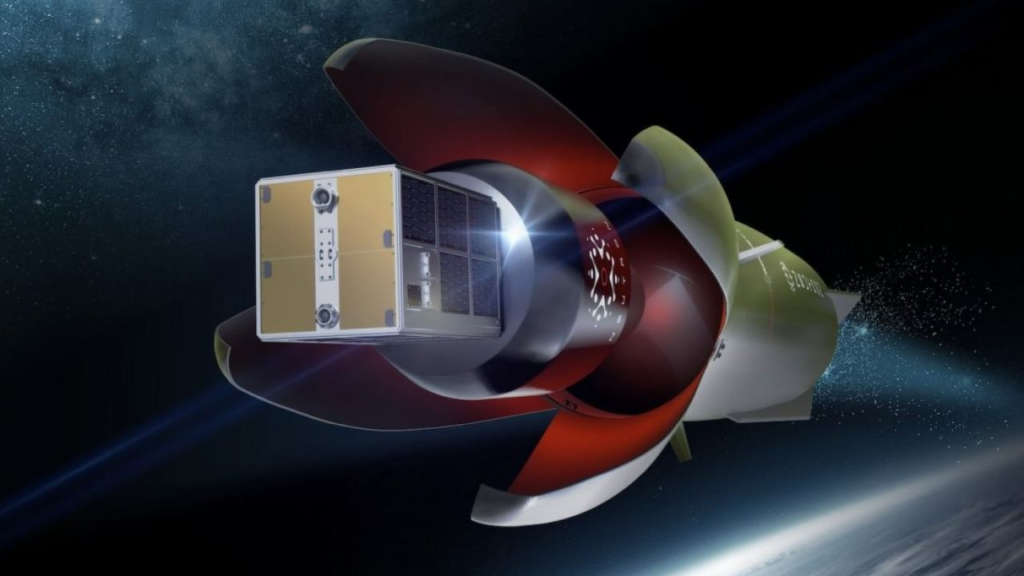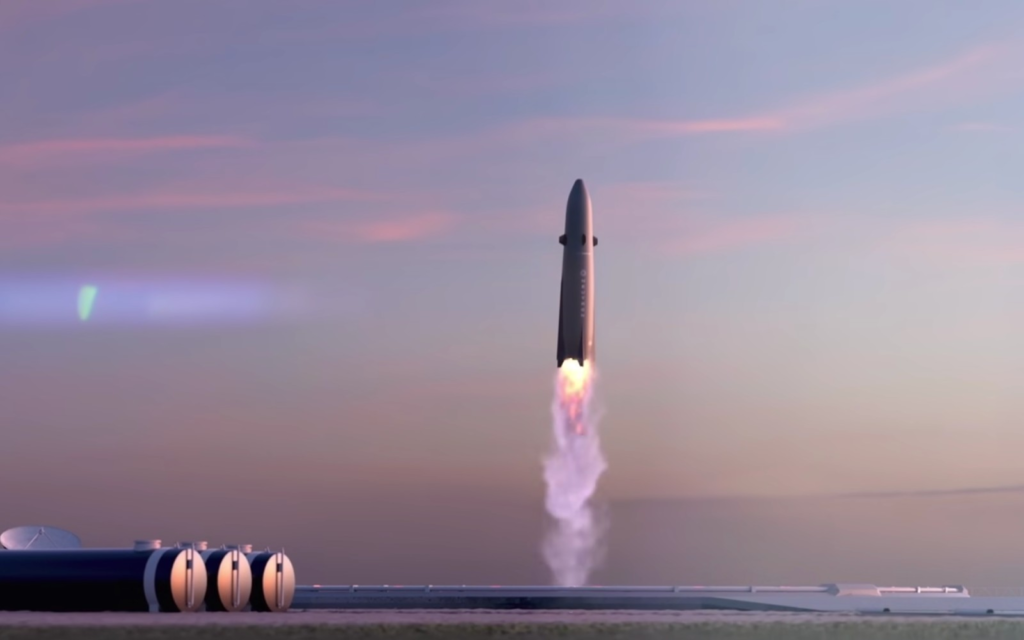
Rocket Lab Secures New Assets For Neutron Production
Rocket Lab is in the process of developing a next generation partially reusable launch vehicle named Neutron. By now the company has begun testing important components such as the new Archimedes engine and is working on Neutron test tanks and structures. However, one of the main focuses related to this program is setting up the proper infrastructure and facilities needed for such a large project.
Thankfully for the company, with the bankruptcy of Virgin Orbit, Rocket Lab just secured a host of new assets in an auction. This includes a massive facility in California, new printers, welding machines, etc. Practically all of this equipment, will be put to use for Neutron production and eventual testing.
Due to the situation with Virgin Orbit, Rocket Lab got a very good deal among a few other companies that bought out what was left. Here I will go more in-depth into what exactly Rocket Lab bought, why it’s so important in Neutron’s development, what to expect in the coming months, and more.
Virgin Orbit Buyout

Two days ago on Monday Virgin Orbit held an auction to sell off a good portion of the company’s assets. This comes after news came out last month that they had filed for bankruptcy due to a variety of reasons. In total, Monday’s auction bids amount to about $36 million. Of the three companies that bid Rocket Lab spent the most.
Rocket Lab successfully bid $16.1 million for the company’s headquarters in Long Beach, California, which is about 140,000 square feet, the spokesperson said. While the company is based in New Zealand and has some launch facilities in Virginia, Rocket Lab was already a neighbor of Virgin Orbit, with a headquarters and facilities in the Long Beach area. Not only did they buy the headquarters but the purchase includes assets such as 3D-printers and a specialty tank welding machine.
They pointed out that Virgin Orbit’s six or so rockets that were in various stages of manufacturing assembly, and its intellectual property, have yet to be sold, a Virgin Orbit spokesperson confirmed.
In relation to the Neutron Rocket, in a press release, Rocket Lab talked about how these assets improve its production, manufacturing, and test capabilities for the Neutron rocket. Specifically, Rocket Lab CEO Peter Beck commented, “Rocket Lab is a global industry leader in launch, and our new, larger rocket Neutron will bring added reliability, reusability, and innovation to the launch sector. With Neutron’s design and development well-advanced, this transaction represents a capital expenditure savings opportunity to augment our production capability to bring Neutron to the launch pad quickly to serve our customers and their future success. Securing the lease to the [Virgin Orbit facility] adds to our existing presence in Long Beach and provides co-located engineering, manufacturing, and test capabilities for our Neutron team,” he said.
One of if not the most important part of Neutron development is getting test articles ready and structures printed for testing. When Peter Beck says that Neutron’s design and development are well advanced, recent progress supports this. On March 5th for example, Rocket Lab tweeted mentioning, “We solved small launch with Electron. Now we’re unlocking a new category with Neutron.” This included an image of a full Neutron tank dome with a few people for scale standing in front of it. A full Neutron tank dome is significant and is one of the first steps in constructing a full Neutron test article for various experiments. With Rocket Lab working toward an initial test flight next year, a lot of equally important tests will need to be completed prior. Various tanking and pressure tests for example could be set to happen sooner than we think.
Not only this, but a few months ago in January Peter Beck tweeted again pointing out, “Neutron 1st stage tank halves in progress. Love it when a plan comes together.” Once again the image showed a fully up and running producing complex with massive Neutron tank molds in the background. Not to mention the tank halves coming together already. What all this highlights is that the physical development and manufacturing of Neutron is very much underway. The new facility and equipment from Virgin Orbit should only help this process as it gives more space and opportunity for development. Something that Rocket Lab needs right now with all of its different projects and work going on.
Neutron Development

The new massive facility in California that Rocket Lab secured will help but will not be the primary production complex of Neutron. Instead, the Neutron Production Complex and launch pad for our Neutron rocket will be located at the NASA Wallops Flight Facility and Mid-Atlantic Regional Spaceport on Virginia’s Eastern Shore. Since the original announcement from Rocket Lab about this vehicle we have seen a lot of work in this area.
The Neutron Production Complex will be home to a rocket production, assembly, and integration facility, as well as a dedicated launch pad for the Neutron rocket located on the southern end of Wallops Island. The estimated 250,000 square foot state-of-the-art complex will be constructed on a 28-acre site adjacent to the Wallops Island Flight Facility and will include a Launch Control Center, Rocket Lab’s fifth global operations center for launch activities and on-orbit operations. To support rapid production of the Neutron rocket, current plans for the complex include automated fiber placement robotic production systems capable of laying up meters of Neutron’s new, specially formulated carbon composite structures in minutes. A system we have already seen used to crate Neutron tanks. As a reusable rocket, Neutron is designed to land back on the Launch Complex 3 pad after a mission and from there it would be returned to the production complex for refurbishment and re-flight.
As partially mentioned by Peter Beck, the main value of this Virgin Orbit auction was the added manufacturing capabilities. This has been a primary focus of the company due to Neutron’s unique materials and design. Neutron will be the world’s first carbon composite large launch vehicle. Neutron’s structure will be comprised of a new, specially formulated carbon composite material that is lightweight, strong and can withstand the immense heat and forces of launch and re-entry again and again to enable frequent re-flight of the first stage.
In the short time since this rocket was announced there have already been quite a few changes to its overall design. The fairings for example, now only use two sections rather than four, while keeping the same hungry hippo closing pattern but also simplifying the overall design. Moving on, instead of just 7 Archimedes engines on the first stage, there will now be 9, for a total of 10 engines on the rocket including the second stage. They also changed the engines from a gas generator cycle to an oxidizer rich closed cycle because as they worked through the content of operations and did all the power balances, they found turbine temperatures that were too high, a low amount of margin, and the need for a lot of compromises. All of which are important changes that Rocket Lab is confident will improve the design. It’s also important to point out that changes are much easier to make at the very start of development rather than years into a certain program.
In a different quote, Peter Beck said, “Neutron is not a conventional rocket. It’s a new breed of launch vehicle with reliability, reusability and cost reduction is hard baked into the advanced design from day one. Neutron incorporates the best innovations of the past and marries them with cutting edge technology and materials to deliver a rocket for the future. More than 80% of the satellites to be launched in the next decade are expected to be constellations, which have unique deployment needs that Neutron is the first vehicle to address specifically. Like we did with Electron, rather than starting with a traditional rocket design, we focused on our customers’ needs and worked back from there. The result is a rocket that is right-sized for market demand and can launch fast, frequently and affordably” he said.
With these new assets, we can hope to see even more progress at a faster pace. With the government and different companies already showing interest in the launch, vehicle, the sooner it’s ready the better. Rocket Lab signed a Cooperative Research and Development Agreement (CRADA) with the United States Transportation Command (USTRANSCOM) to explore the possibility of using the Company’s Neutron and Electron launch vehicles to transport cargo around the world.
The CRADA enables the collaborative investigation between USTRANSCOM and Rocket Lab to explore Neutron, Electron, and Photon capabilities, informing the Rocket Cargo program led by the Air Force Research Laboratory (AFRL) and the U.S. Space Force. Rocket Cargo is one of the Air Force’s Vanguard programs designed to advance emerging systems and concepts through prototyping and experimentation to deliver remarkable new capabilities. The program seeks to explore the viability of space launch to deliver improvements in delivery cost and speed compared to existing air cargo operations.
Conclusion
Rocket Lab just bought over $16 million worth of assets from Virgin Orbit after the company went bankrupt. This included a new facility and some different machines the company can use for both Electron and Neutron production. We will have to wait and see how it progresses and the impact it has on the space industry.
